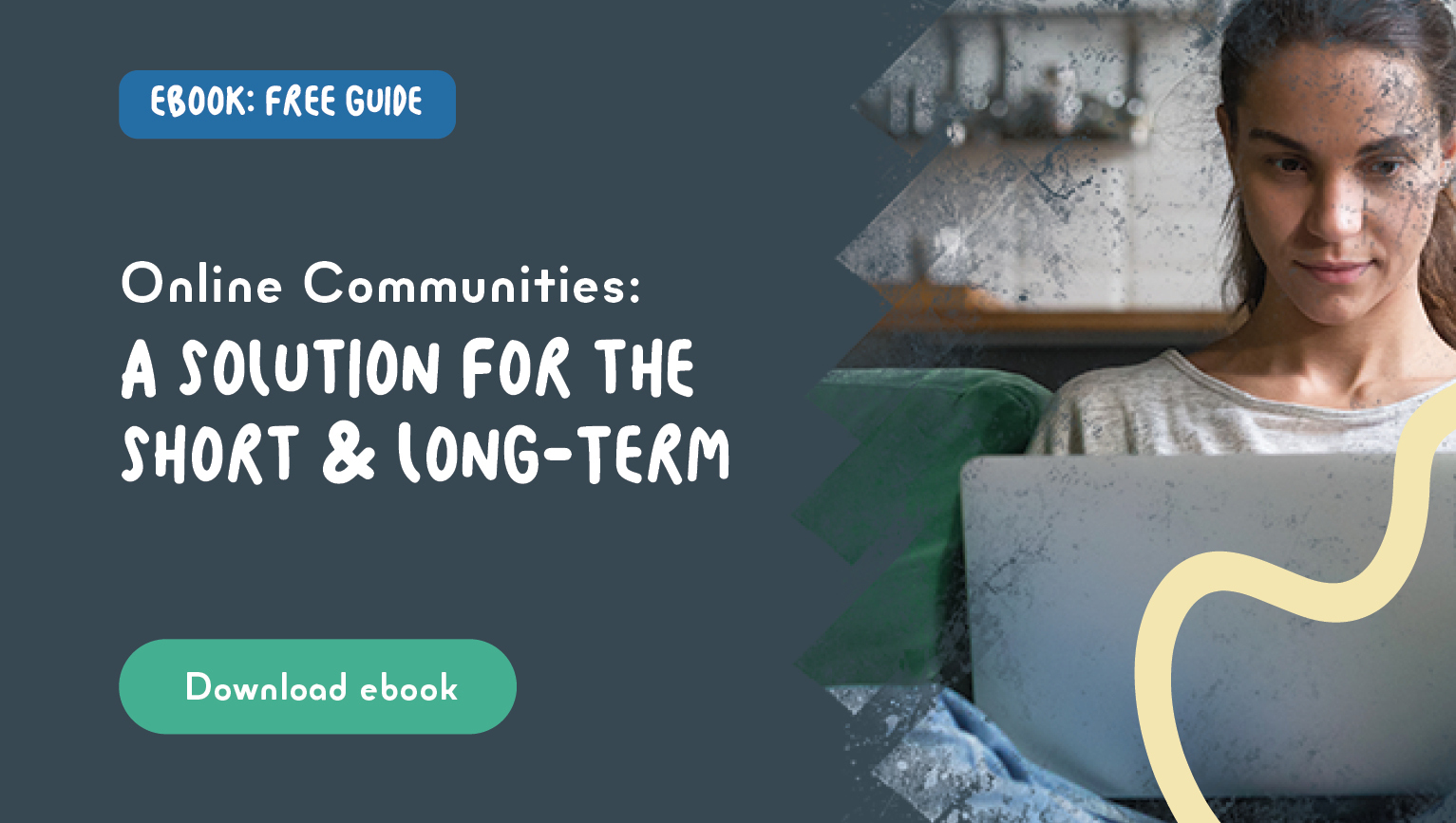Building Brand Communities & Getting It Right
Imagine having customers who continue to remain invested in your brand and engage with you long after their purchase. This is a sign of a loyal brand community and some of the most successful brands are built around them.
Building a strong brand and growing a community of loyal customers who will advocate for you, will only strengthen your company.
But what exactly are brand communities, and how can you build your own hub of advocates? Then, how can you continue to strengthen it?
What is a Brand Community?
Let’s start with the word ‘community’ – what is it? Well, it’s a group of people with similar values and interests, bonded by their sense of beliefs and obligations to each other. It’s simple, right?
When a community is formed around a brand, it taps into their social and emotional needs, which creates a bond between customers and the brand. When customers start expressing their passion for a brand, it is reflected back through relationships with other members.
This is where brand communities emerge – as members engage and form relationships, this opens the door for a growing, self-sustaining online community.

Building for now
Brand communities are more than just marketing and sales strategies. Community-centric brands build loyalty not by driving sales and transactions but by helping people meet their needs. So it’s essential when you’re building your community, that not only are you thinking about how you can progress your brand, but also how your users can achieve their goals.
A great example of this is Duolingo, the app-based language-learning platform. Duolingo managed to create an engaged community of more than 40 million monthly active learners, by understanding it’s easy to lose the motivation to learn another language.
Hands up, who has given up learning another language?
So what did they do? They created a community where users go to refresh their motivation by getting encouragement from people living the same challenge, as well as additional resources to help them along the way. It was so effective that community members began developing courses for languages the team didn’t think they’d offer.
This is a prime example of how having real connections with and between users can help shape a winning community, not just for sales purposes but for addressing what people need.
Embracing the Conflicts That Make Brand Communities Thrive
One of the most common responses to conflict in brand communities is to “put the fire out” as fast as possible, whether that be by closing the discussion or banning members. Too often, we assume that the presence of ‘challenging’ content (like when people debate about political topics) can disenchant community members and negatively impact brand perception.
But in haste to silence these uncomfortable topics, brands overlook the fact that this action can marginalise passionate and active community members. When really, controversy brings people together and when handled professionally, builds bridges of understanding between conflicting parties.
This is why embracing these conflicts is so important when you build your own community – the most positive and impactful community experiences can stem from the freedom you allow your audience to create their own experience.
Another great example is Bodybuilding.com. They have a community forum connecting millions of fitness enthusiasts who are all at different stages of their fitness journey. Their topics range from ‘weight loss plans’ to ‘gain strength plans’ and are split into sub-categories where users can engage with their exact interests.
What makes this a good example is that people in the fitness community will have their own opinions as to how they got to where they are. Of course, every body isn’t the same, so that means not every workout plan or diet will work for everyone. Conflicts arise because of this.
But people will still find solutions to their problems in those conversations and rebuttals they haven’t heard of before. So when building brand communities, remember that it’s okay to bring people together from all walks of life.

Owning the Community
We know that building brand communities can be daunting, especially when there are so many platform options out there. But one thing scream from the rooftops is that you shouldn’t build on platforms that you don’t own. Why? Because you won’t have access to valuable community data.
Not having access to this data will hinder how you progress as a brand, the community you envision creating and the kind of conversations you want members to have. You can’t expect your community to evolve if you don’t know what’s going on under the hood, so keep this in mind.
Integrating with your CRM of choice will also enable you to connect community activity to sales activity, helping you better showcase ROI and push for more investment
Avoiding Surprise Costs When Building Brand Communities
Surprise costs are the worst and make progress difficult. Consider how platforms like Khoros have lower entry costs for a premium platform, but you end up paying more for individual features as your needs advance and your community grows.
Remember, building brand communities is a long-term project, and needs quickly evolve. You need to have the flexibility to grow in line with your goals. Platforms like Verint and inSided offer simple customisation options and easy configuration with no hidden costs.
If you overlook this, you will likely end up paying more than you needed to and you may have to go through a migration to continue to grow, regardless of community size. Of course, this depends on the features you need to align with your customer needs, but you should consider prioritising platforms that offer everything out-of-the-box rather than platforms that charge per feature.
Stay on your toes, as it’s easy to get caught between a rock and a hard place.

Understanding Your Community
And there you have it! Building brand communities is about tapping into the passion surrounding your brand or industry. It’s about taking the things that they need and using them to create/shape a space for people to engage. Yes, there are some steps along the way – and maybe even some struggles here and there, but your brand will certainly flourish in the long run.
So what are you waiting for? Start building.
For a more in-depth dive into the benefits of brand communities, you can download our eBook; “Online Communities: A Solution For The Short & Long Term”
